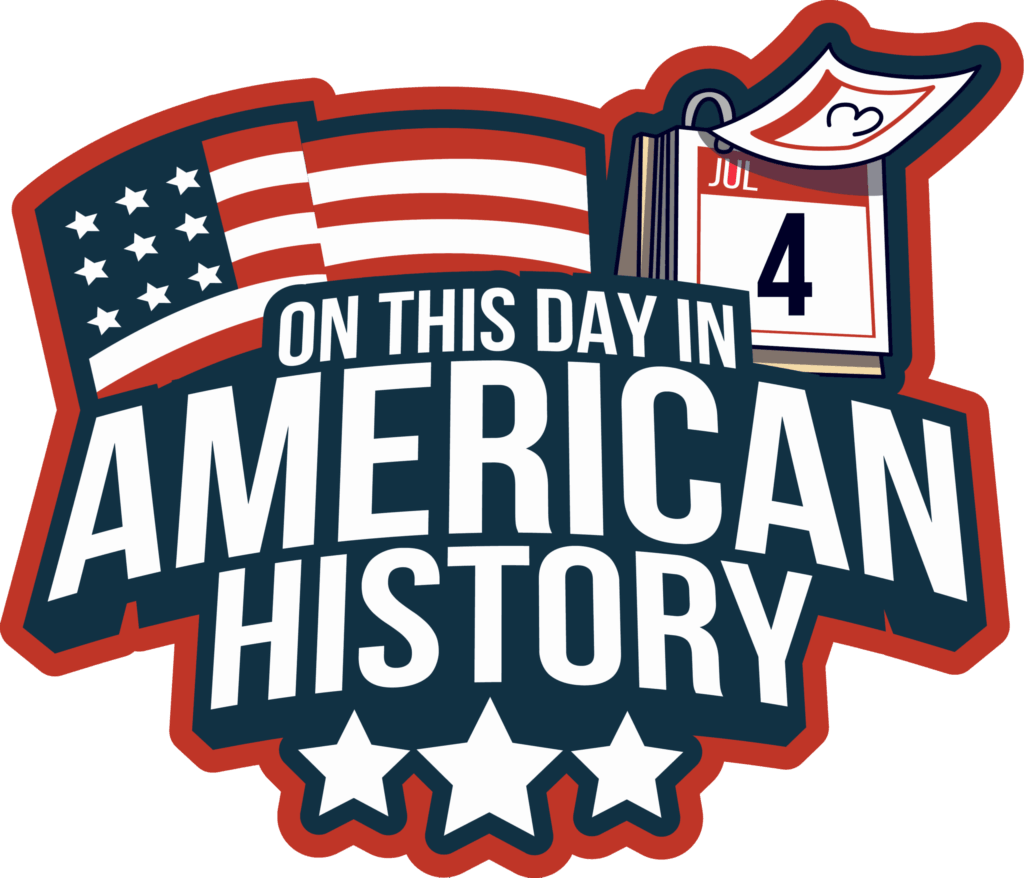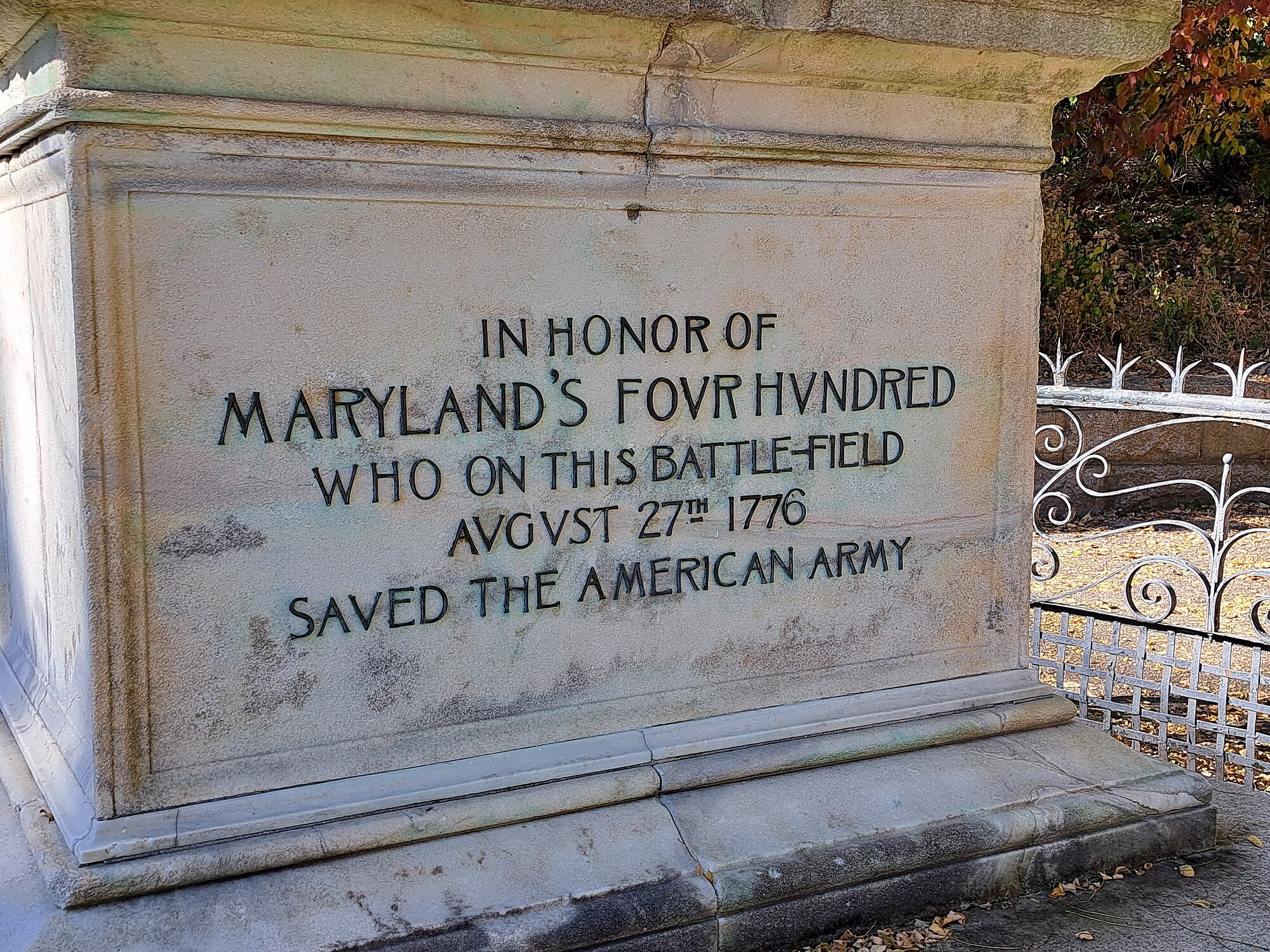
An hour that saved American freedom.
On August 27, 1776, as part of the Battle of Long Island, the Maryland 400 (historians believe this number was around 260) sacrificed themselves to save the Continental Army from total destruction. As a last line of defense, the Marylanders, though outnumbered, mounted a series of charges to defend the location of the Vechte–Cortelyou House and enabled General Washington’s forces to escape.
Over 250 of these men (an overwhelming majority) either died or were captured during the intense fighting.
Watching the gallant stand, Washington supposedly shouted, “Good God! What brave fellows I must this day lose!” – the words that are carved in stone.
Image from Jack Teacher via from Wikimedia Commons, CC BY 2.0
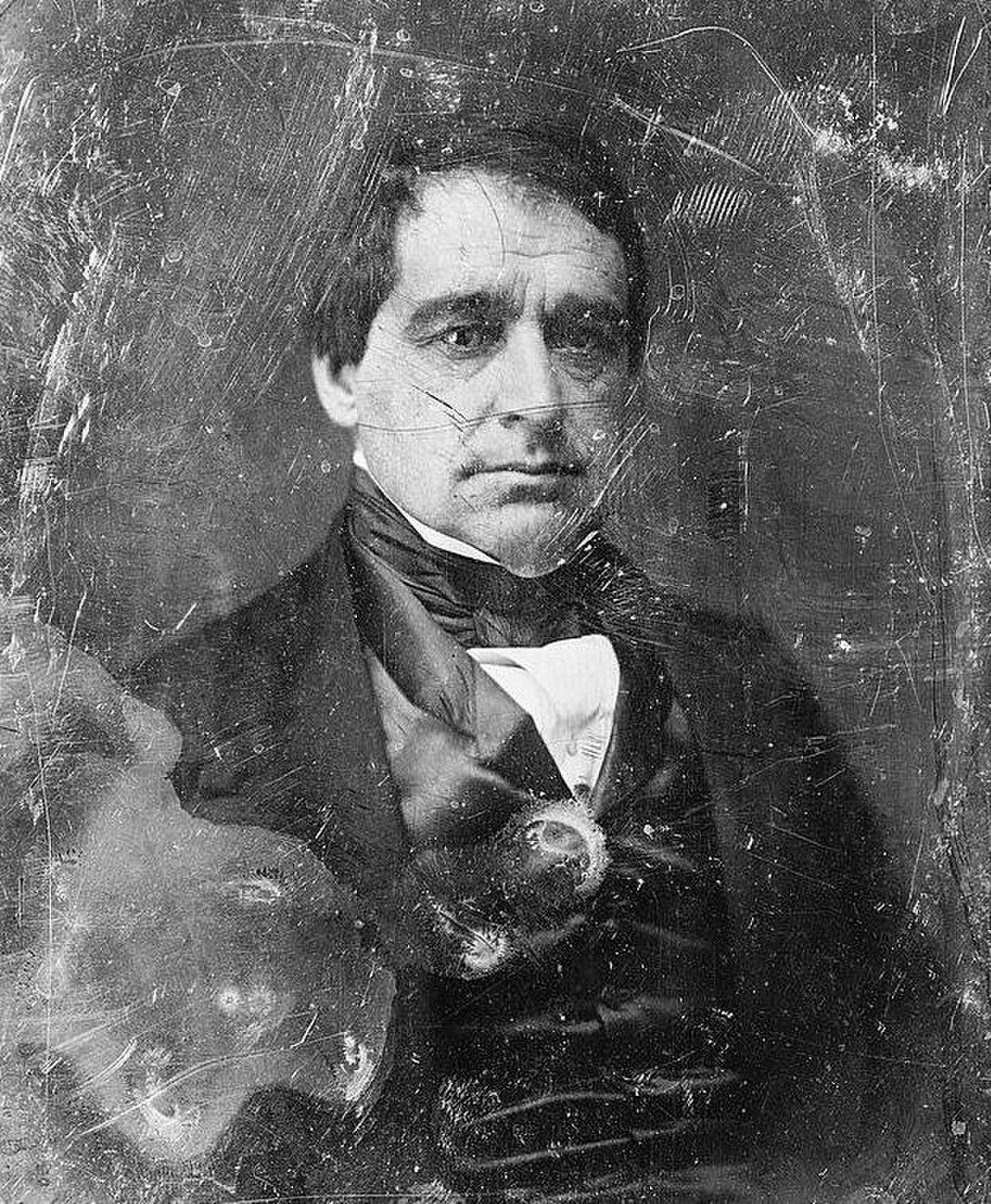
Hannibal Hamlin, born in Paris, Maine (then part of Massachusetts) on August 27, 1809, was the 15th Vice President of the United States serving under fellow Republican Abraham Lincoln for much of the Civil War.
He was a former Democrat who turned Republican because of his strong opposition to the Kansas-Nebraska Act. Hamlin was an important geographic and ideological complement to the Lincoln ticket in 1860.
He was never a significant part of the war decision-making from the beginning, albeit was a strong supporter of emancipation and Union policies. Hamlin later held office as the 26th Governor of Maine, returned to the US Senate, and spent the ending parts of his public life as the US Minister to Spain.
Hamlin is identified as a national servant who had a reserved temperament and manner. He was known to have an unambiguous commitment to the national cause.
Image: A younger Hannibal Hamlin in his 30s or 40s by Mathew Brady via Wikimedia Commons, public domain
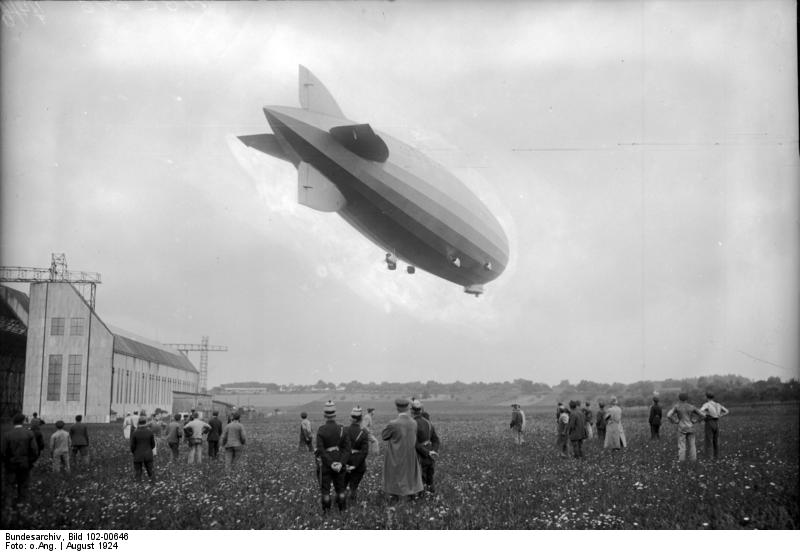
This is the USS Los Angeles dirigible making its first flight on August 27, 1924 after being manufactured by the Zeppelin company in Friedrichshafen, Germany.
The German government financed the construction of the USS Los Angeles for the U.S. Navy as part of WWI reparations.
Image from Bundesarchiv, Bild 102-00646 via Wikimedia Commons, CC-BY-SA 3.0
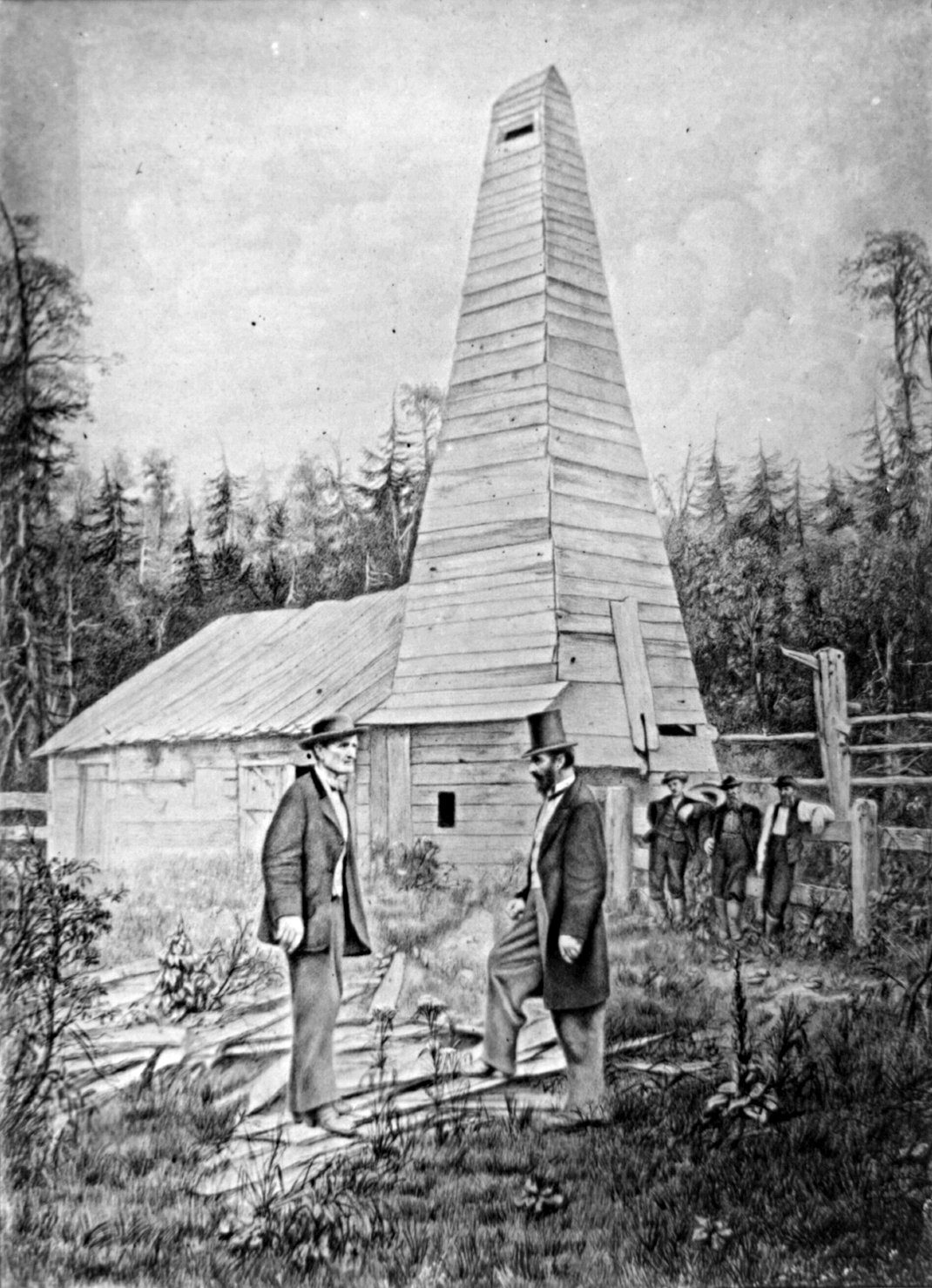
The first successful commercial oil well in the United States, the Drake Well, struck oil on August 27, 1859 near Titusville, Pennsylvania.
Image: Edwin L. Drake, (right) at the Drake Well via Wikimedia Commons, public domain
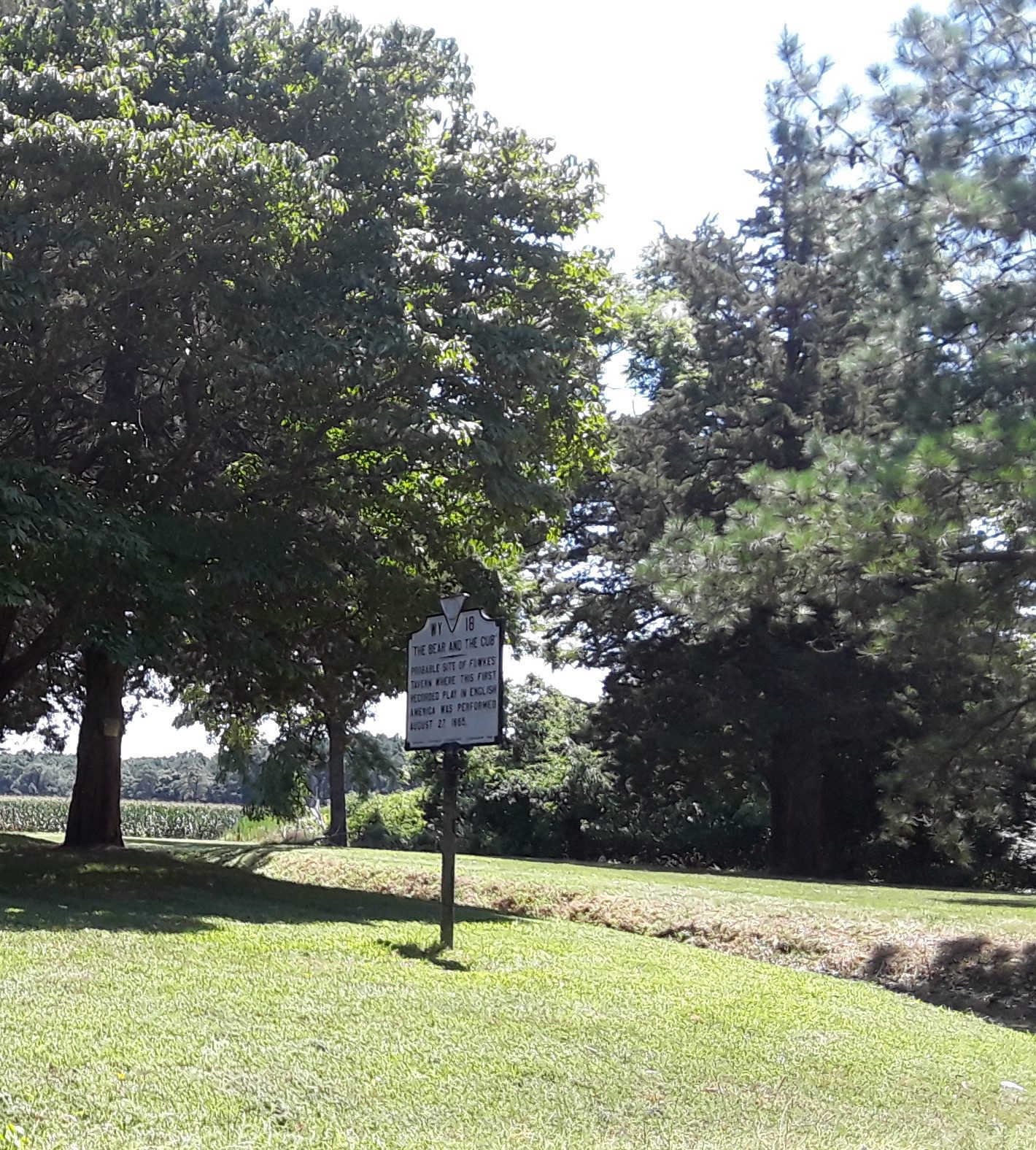
On August 27, 1665, the first known play in English America, Ye Bear and Ye Cubb, was performed in Accomack County, Virginia.
Image of the possible site where Ye Bear and Ye Cubb was performed via Wikimedia Commons, CC BY SA 4.0

Born August 27, 1939 author William Trogdon has written several popular books based on his travels throughout the US as William Least Heat-Moon. William’s name reflects his Osage heritage and his books include Blue Highways, PrairyErth, and River-Horse, an account of a 5,000 mile journey on North America’s waterways.
Image by Joe Mabel, CCA 3.0 Unported via Wikimedia Commons.

Soldiers of the US and Mexican governments patrol International Street in Nogales, Arizona and Nogales, Sonora. Border tensions erupted August 27, 1918 in the brief but violent “Battle of Ambros Nogales.” Although inconclusive, some evidence points to German agents as instigators of the clash.
Image by US Army via Wikimedia, public domain in the US.
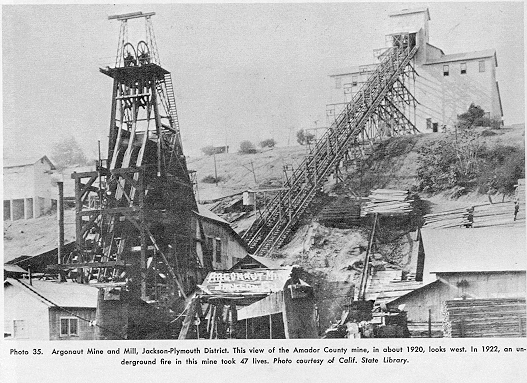
On August 27, 1922, forty-seven miners perished after a fire ignited in the Argonaut Mine in Jackson, California.
Image via Wikimedia Commons, public domain

The first robotic space probe to have a successful encounter with another planet (Venus) was NASA’s Mariner 2. It was launched on August 27, 1962.
Image of JFK and NASA staff with a model of Mariner 2 in 1963 after the mission via Wikimedia Commons, public domain
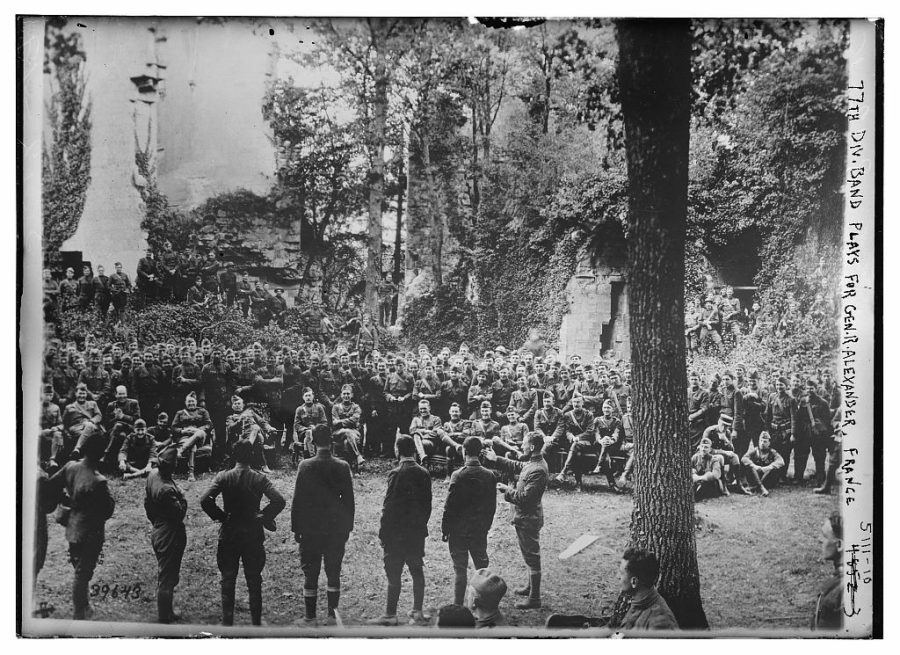
77th Division concert band, orchestra and players providing music for Major General Robert Alexander of Baltimore and others in the castle ruins of Chateau Fere, France during WWI.
Construction of the castle began in 1206.
August 27, 1918
via LOC, no known restrictions

August 27, 1832, Chief Black Hawk surrendered to U.S. forces at Prairie du Chien which included U.S. Indian Agent Joseph Street, Zachary Taylor (future President of the United States), Jefferson Davis (future President of the Confederacy) and Robert Anderson (future Union Commander at Ft. Sumter).
Image of Chief Black Hawk via Wikimedia Commons, public domain

Lyndon B. Johnson was born on August 27, 1908 in Stonewall, Texas.
Image: LBJ sitting on the porch outside his family’s Texas home in 1915 via Wikimedia Commons, public domain
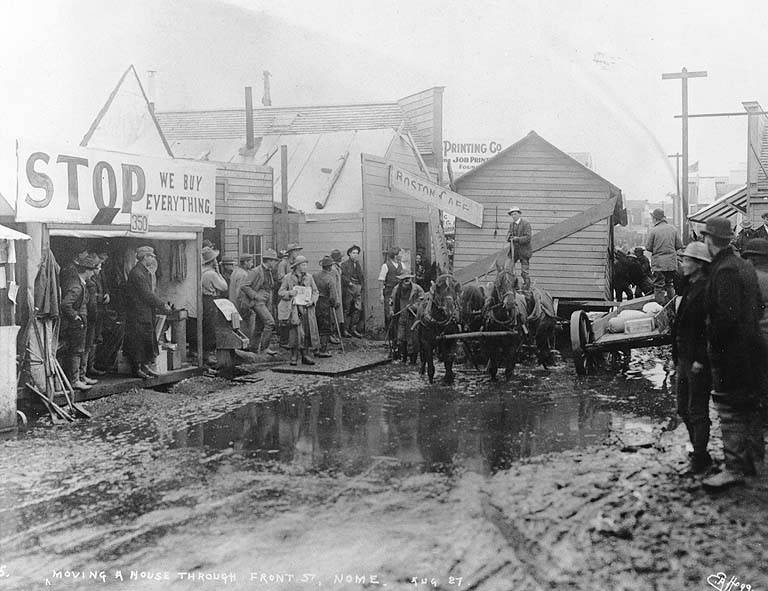
Moving a house with a team of horses through the mud down Front Street in Nome, Alaska on August 27, 1900
via Wikimedia Commons, public domain
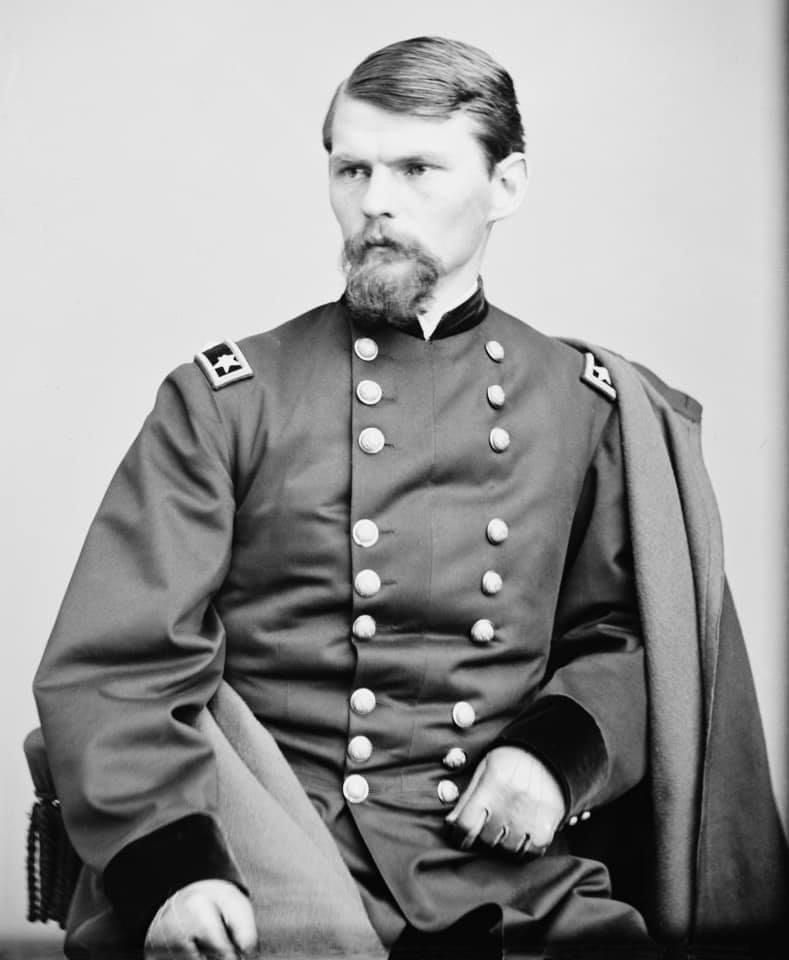
Union Army General Emory Upton was born on August 27, 1839 near Batavia, New York.
During the Third Battle of Winchester in 1864 Emory Upton was shot in the leg but he continued to command his troops from a stretcher.

First released on August 27, 1964, Mary Poppins combined British whimsy with American ingenuity. While the film is set in Edwardian London and features British star Julie Andrews, it was created almost entirely at Walt Disney Studios in California.
Many of those involved in the production, both in front of and behind the camera, were American, including Dick Van Dyke, Ed Wynn, and the Sherman Brothers, whose songs became instant classics.
A timeless musical that combined cultures, it won five Academy Awards and helped define family entertainment for generations.

Born August 27, 1946, in New York City, Barbara Bach captivated audiences as Soviet agent Anya Amasova in The Spy Who Loved Me (1977), one of the most iconic entries in the James Bond franchise. Off-screen, she’s shared a decades-long love story with Beatles drummer Ringo Starr, whom she married in 1981.

American actress and singer, Martha Raye, was born on August 27, 1916 in
Butte, Montana.
After joining the USO in 1942 Martha performed many shows to entertain American troops overseas during WWII, the Korean War and the Vietnam War.
She was named an honorary colonel in the U.S. Marines and an honorary lieutenant colonel in the U.S. Army.


